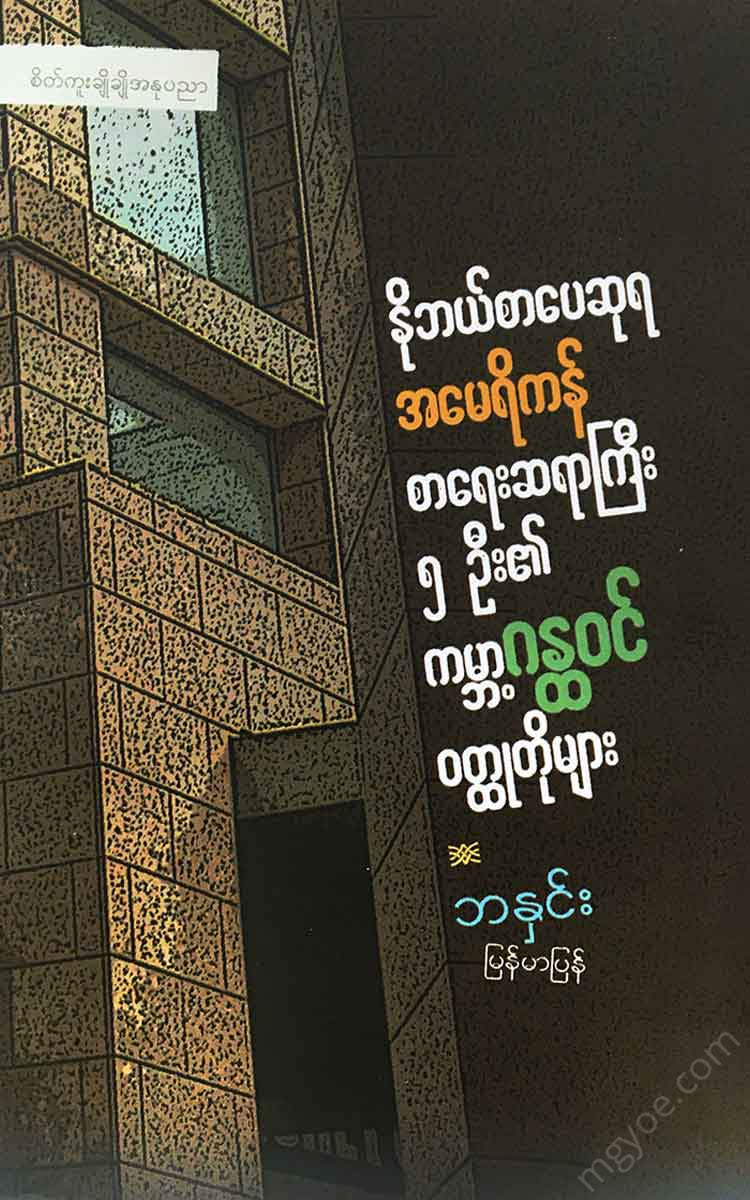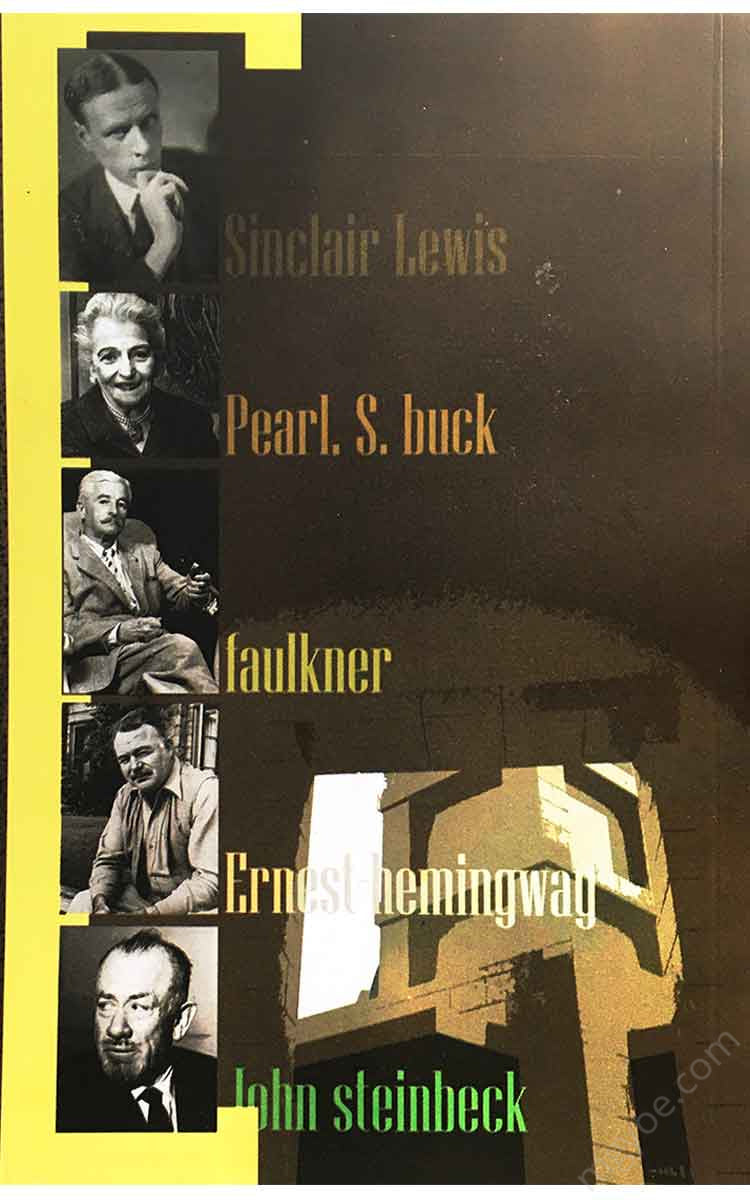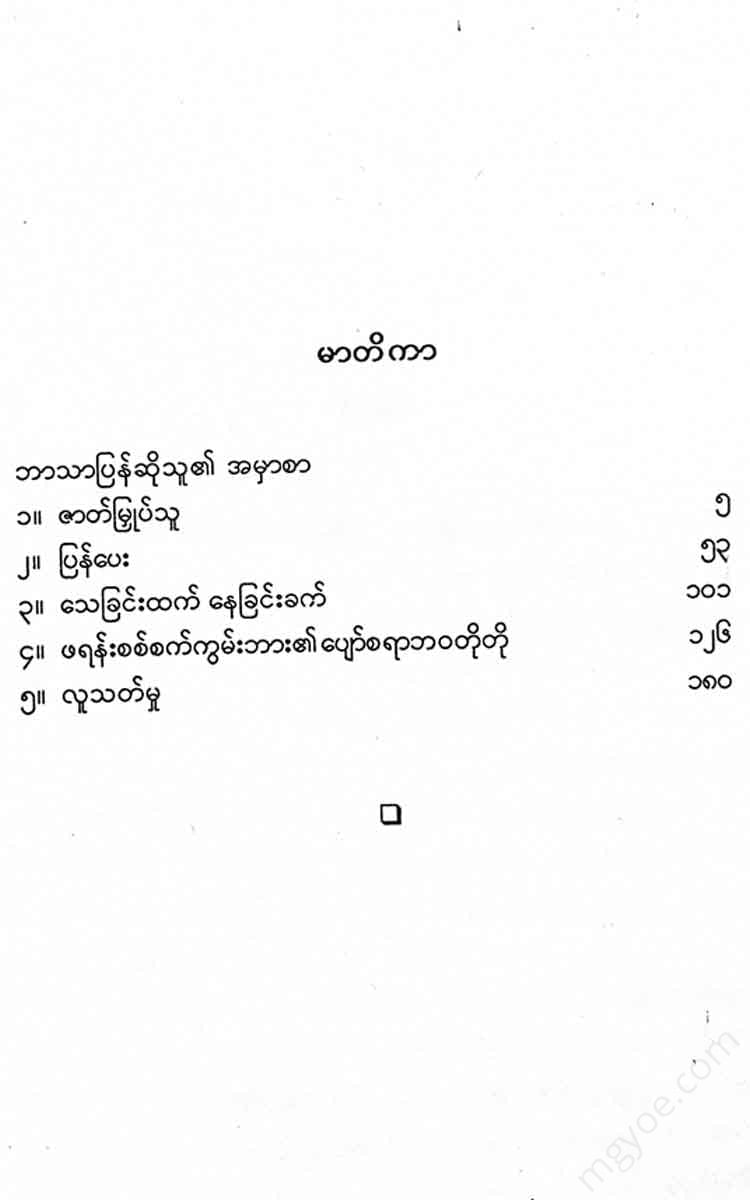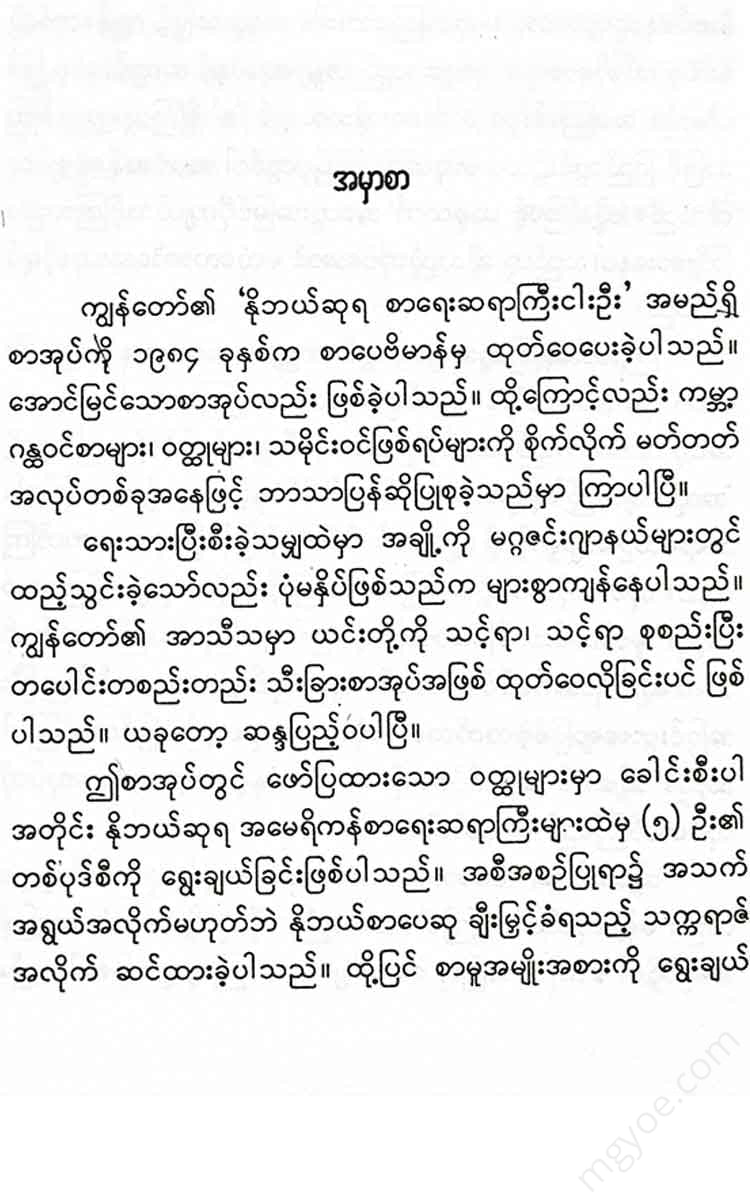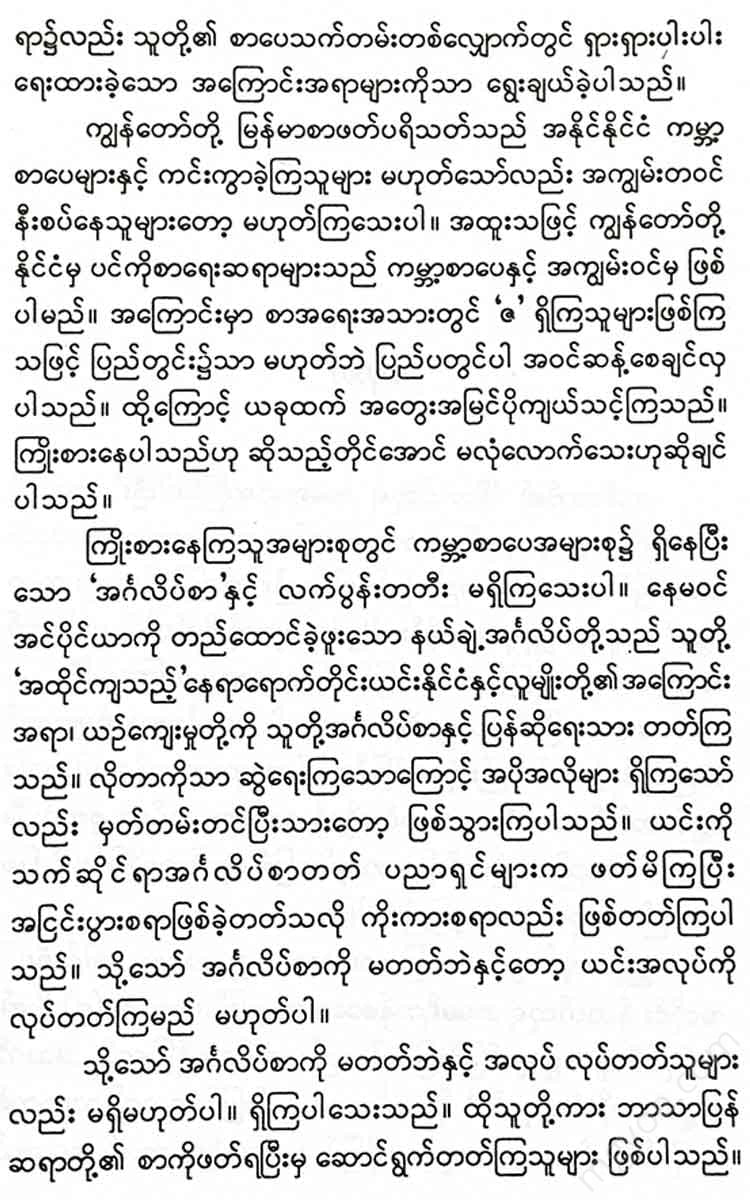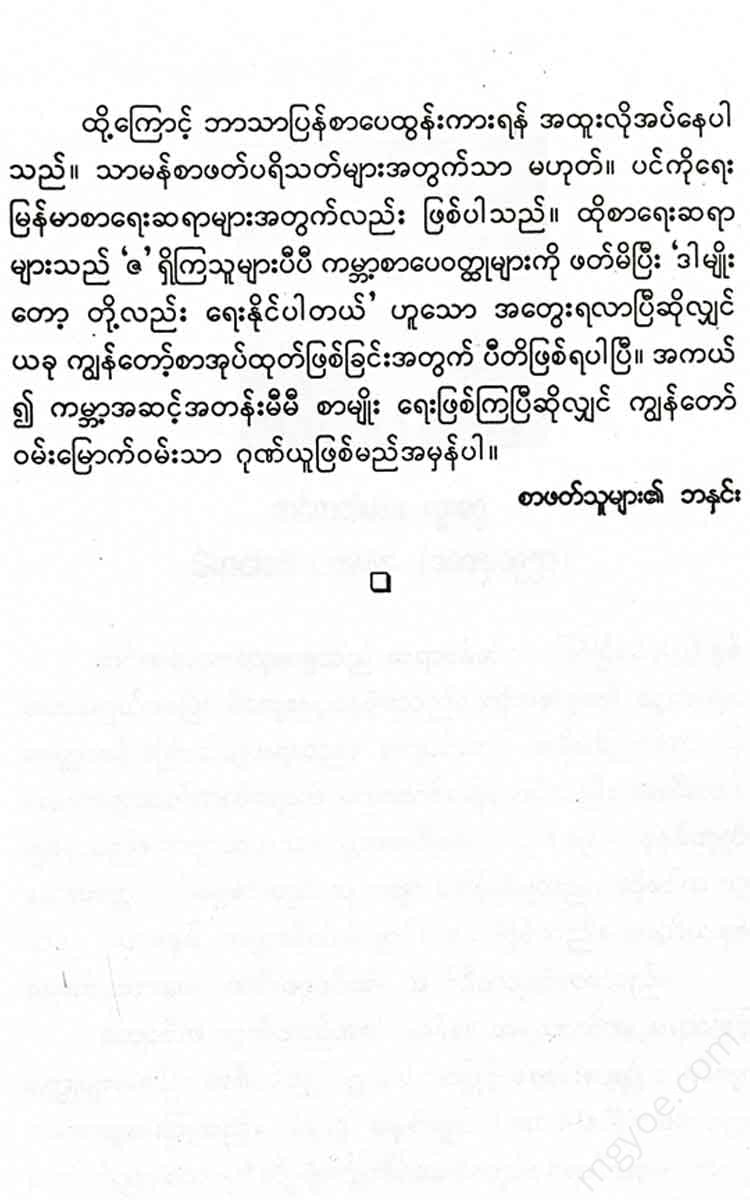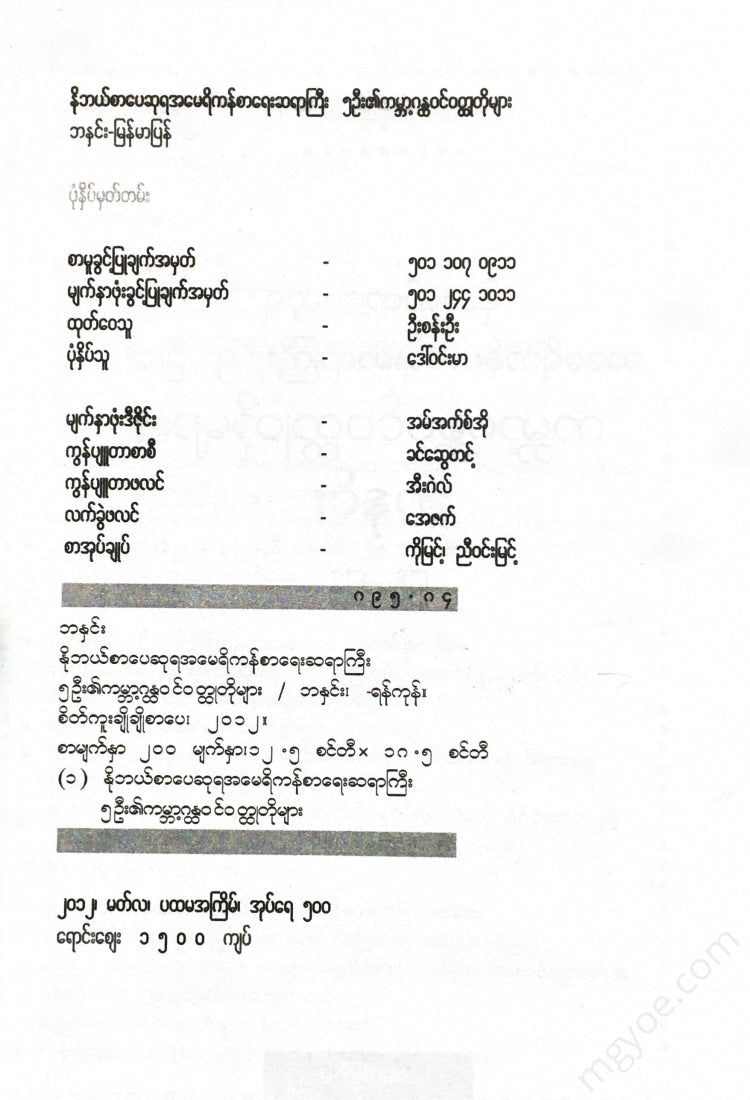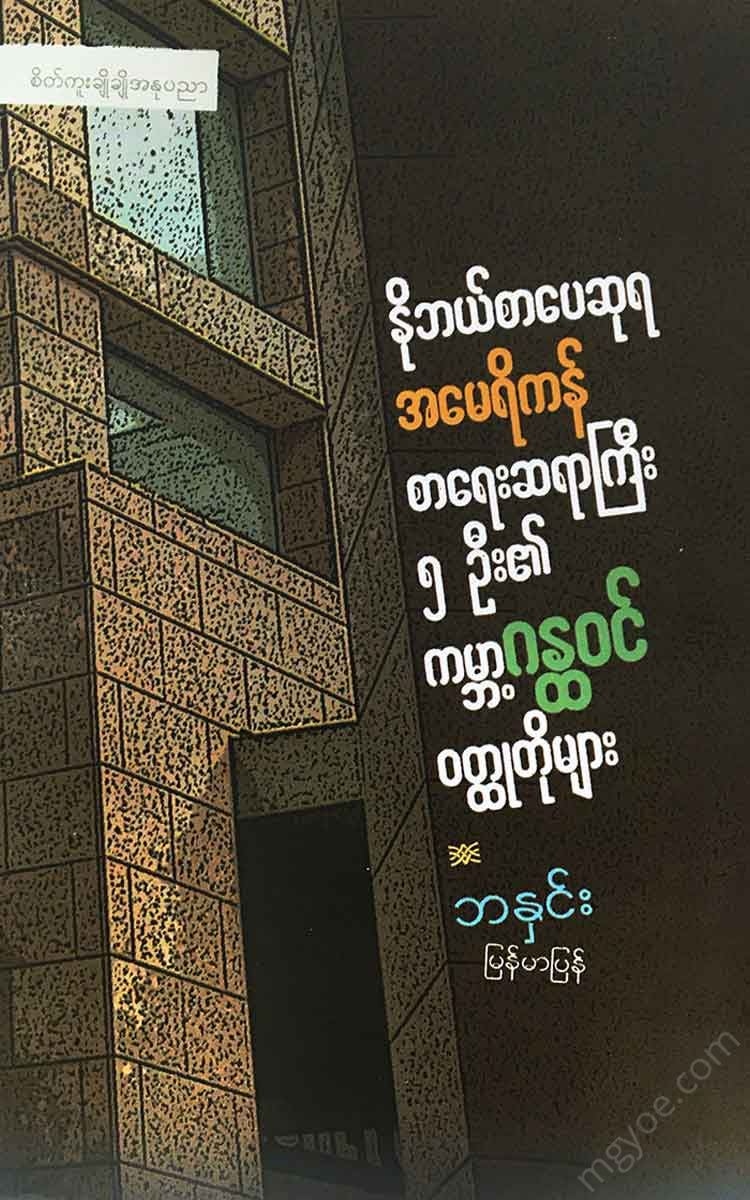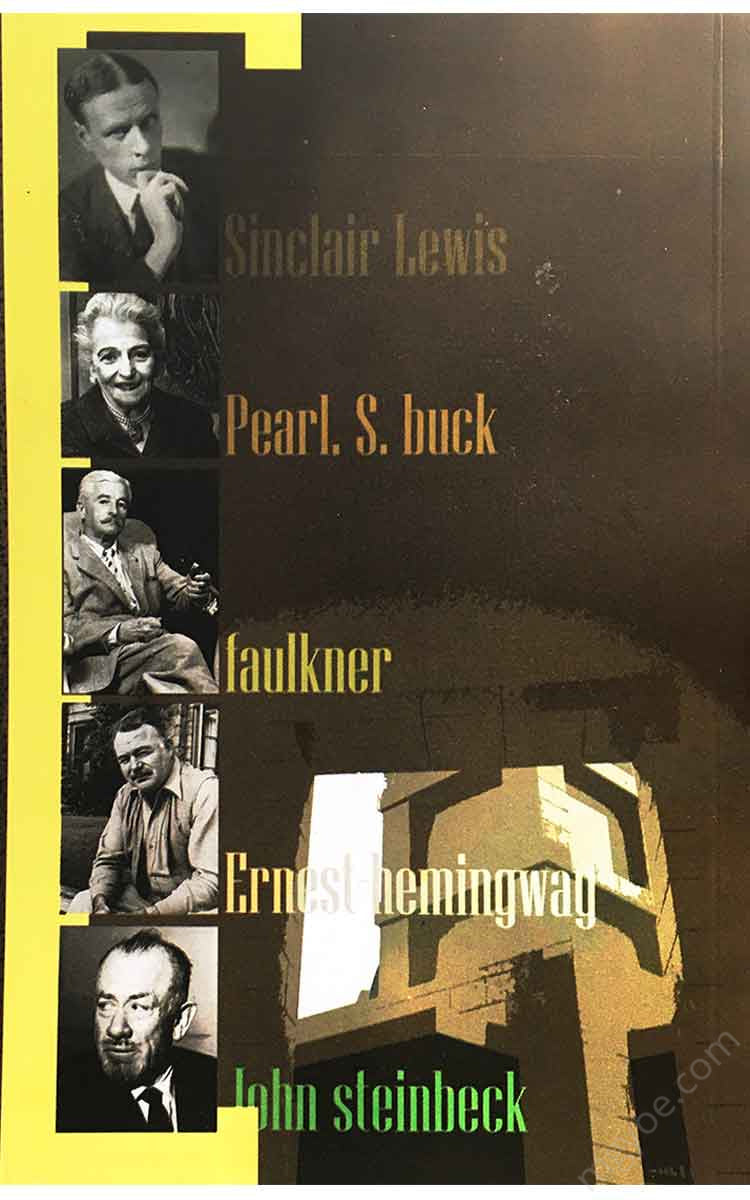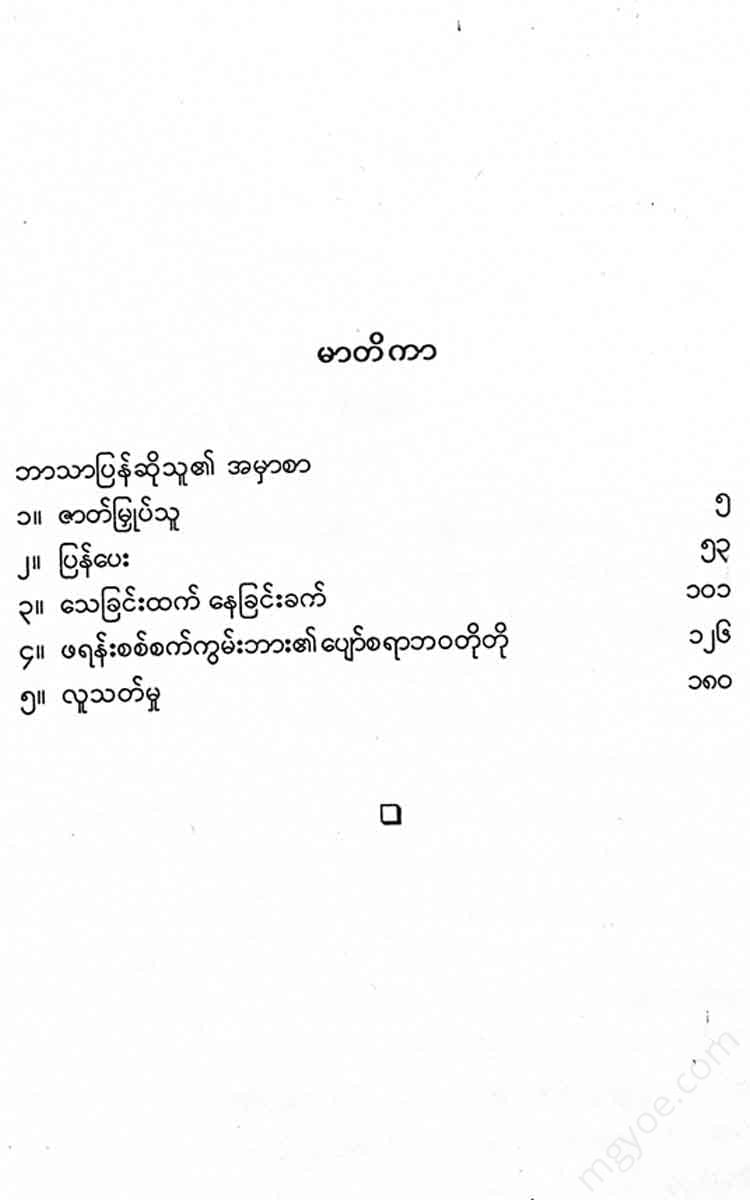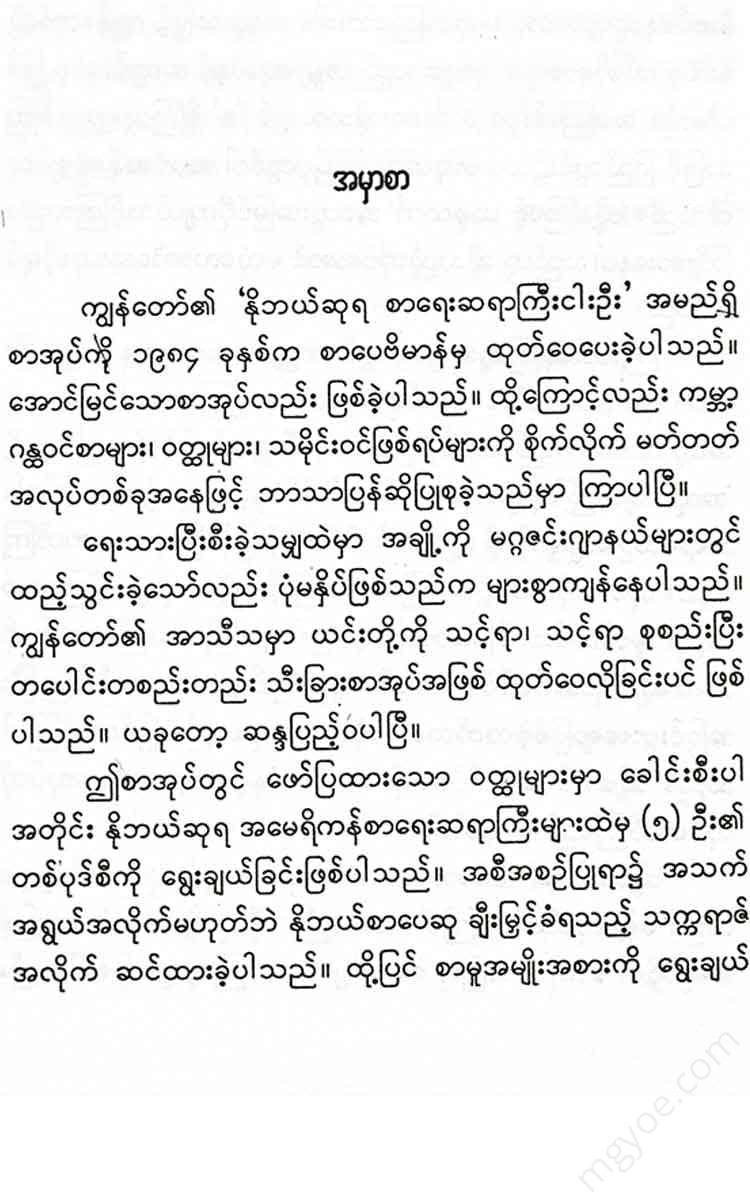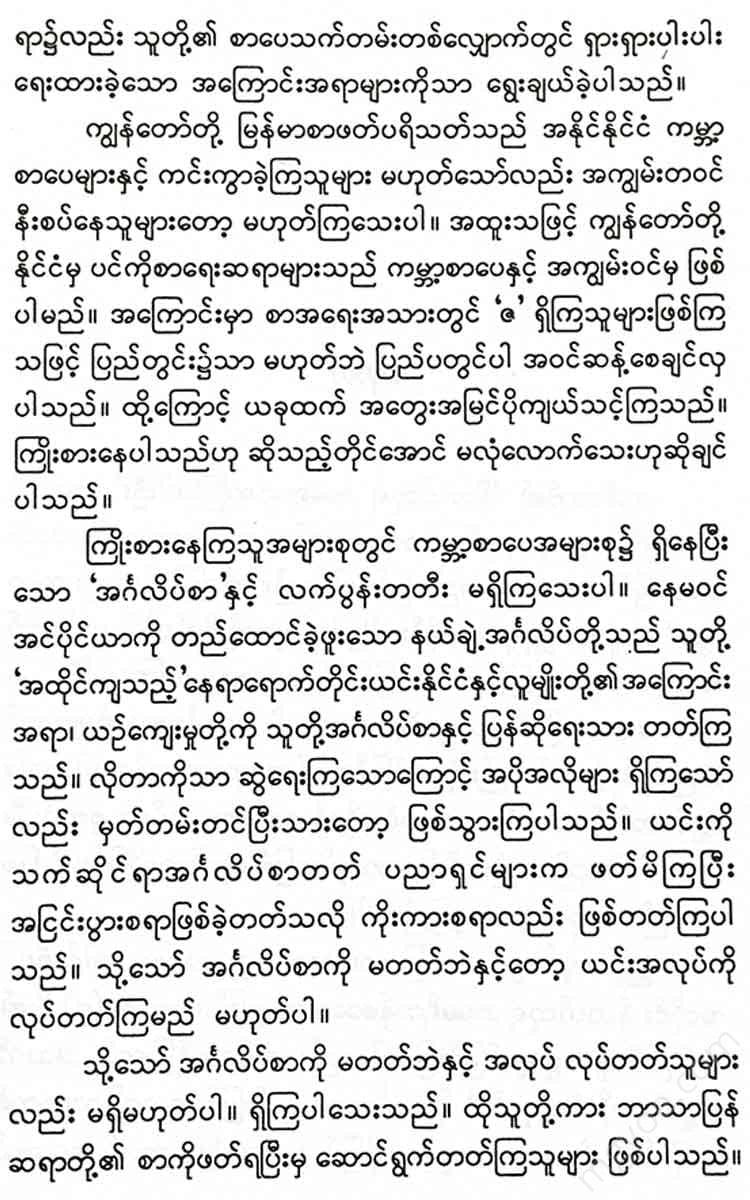စိတ်ကူးချိုချိုစာပေ
Bản Họn - World-Class Short Stories by 5 Nobel Prize-Winning American Writers
Bản Họn - World-Class Short Stories by 5 Nobel Prize-Winning American Writers
Couldn't load pickup availability
Sinclair Lewis was the son of a doctor and had lived with his stepmother since he was five years old. From then on, love dried up in his life. He was bullied at school and
He was also a loner while studying at Yale University. Poetry was his only companion. His poetry was published in the Yale University Magazine in 1904. He was a first-year student at the time. By his third year, he had become the magazine's editor.
When he left school, he could not get his father's support, so he wrote novels and sold them for $5 each to support himself. In 1914, he published Our Mr. Wern. It was praised by scholars but did not sell well. In 1915, he published The Trail of the Hawk. He was not afraid. At that time, one of his short stories was published in the Saturday Evening Post. Then, he was bought for $1,000 each. Here he gained strength and published five books. He was not afraid.
In 1920, Main Street was published and became an overnight hit. It is a middle-class story about a man who has moved to the countryside because he is unhappy in the countryside and finally returns to the countryside. Babbit, published in 1922, is also a middle-class story. It is a story of a real estate agent's daily life. It is a social satire and is very successful. Arrowsmith ( 1925) is a story of the love and marriage of a scientist who seeks truth. It was a worldwide success and won the Pulitzer Prize. However, Lewis did not accept the prize. He refused. The novel Elmer Grantry, published in 1927, is the most controversial book because it is a story of a religious preacher's sexual misconduct.
In 1930, he was awarded the Nobel Prize in Literature, the first American writer to be awarded the prize. At the award ceremony, he attacked America's decaying traditions and the decline of critical thinking.
In 1935, It Can't Happen Here depicted the wrong course of action in politics and society. In 1940, The God Seeker , a depiction of American working-class life, was published but disappointed by its publisher.
Louis, who had become rich by writing and drinking, did not care about accounting and thought he had the right to do whatever he wanted. He drank too much. He traveled all over Europe. He wrote less and less. He wrote many short stories. Thus, in 1951, he died in Rome. His ashes were brought back to his native America. It was then that his last novel, World so Wide, was published.
He is known as a novelist for his newspaper writing, and is not admired by literary critics. However, his works depict the vain nature of working-class people who wander around and search for truth amidst the corruption of society, and are mostly satirical. If you really measure his writings, you can hardly say that he is a great writer, but scholars say that modern American society cannot be assessed without his writings.
The Post-Morten Murder described here is a case of saying, “If you seek the lost, you will find them,” as opposed to saying, “If you hide, you will not find them.” However, as the saying goes, “The truth will come out in the end,” it is said that the story is about the inability to overcome the human nature of the person who hides away from the disgusting social environment and cannot live without it.
This collection of Sinclair Lewis's works has been named the Stormy Petrell by a group of 65 editors and critics recently formed by the University of Florida Libraries. They consider him to have greatly improved American literature during the first half of the twentieth century.
He enriched American literature by incorporating indigenous languages and stories into his works. The Post-Mortem Murder , published in Century magazine in 1921, a year after the publication of Main Street , is a satirical work about American society and culture. The narrator in this work is a man who seeks to reveal the truth about American literature. It is also possible to say that the task of the scholar is to uncover the hidden mysteries of literature, rather than the murder itself.
